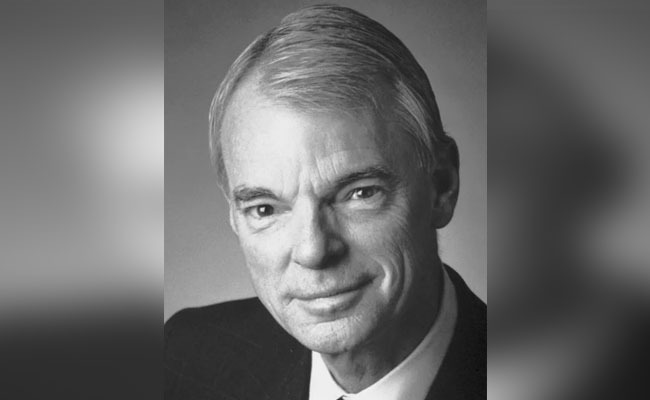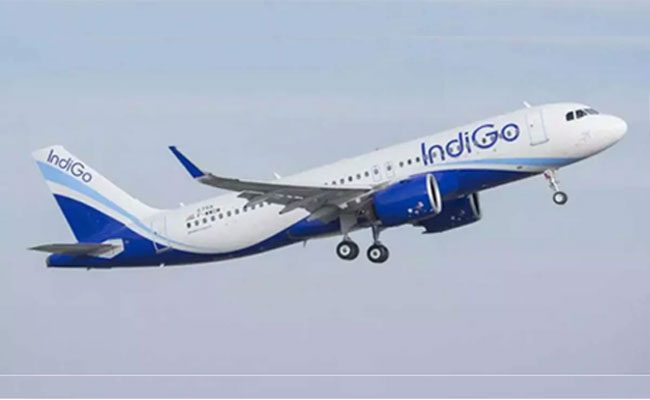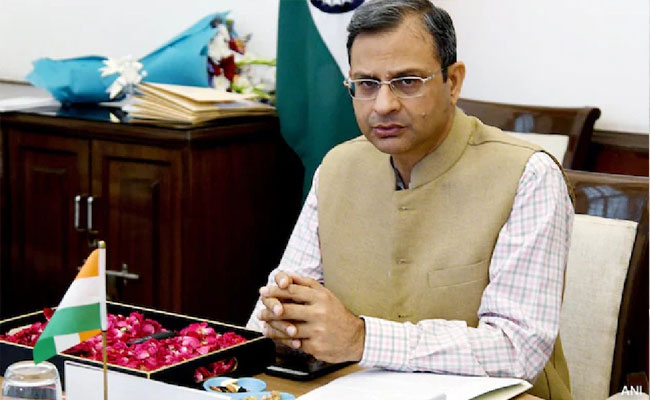Noida (PTI): Noting that India is a major economy with the highest potential growth rate right now, Nobel laureate economist A Michael Spence said the country has successfully developed by far the best digital economy and finance architecture in the world.
Spence, who was awarded the Nobel prize in Economic Sciences in 2001, shared his views during an interaction with students and faculty at the Bennett University in Greater Noida on Monday.
"The major economy with the highest potential growth rate right now is India. India has successfully developed by far the best digital economy and finance architecture in the world. It is open, competitive and delivers services of an inclusive kind to a vast array of territory," the Nobel laureate said, according to a statement issued by the varsity.
Spence also pointed out that the world is experiencing a "kind of regime change in the global economy".
Tracing the evolution of the global economy after World War II, Spence said that the 70-year-old global system is "breaking down" due to pandemics, geopolitical tensions, climate shocks, etc.
Emphasising that the global system -- built on economic criteria like global supply chain centred around efficiency and comparative advantage considerations -- is undergoing a rapid transition, he pointed out that "in a shock-prone world, it doesn't make sense to have single sourcing".
With the centre of gravity shifting steadily towards the East, there is a fundamental change in the global economy whereby supply chains are getting diversified and global governance is becoming more complicated than ever before, he added.
Despite the challenging time, he said what gives optimism is the affirmative answer to the question: whether we have counter-measures to enhance human welfare?
He also outlined the enormous progress in science and technology which can contribute to enhancing human welfare, including generative AI, revolutions in biomedical life sciences and massive energy transitions.
He cited the example of competitive pricing of solar energy and quoted the cost of DNA sequencing having reduced from USD 10 million dollar earlier to USD 250 now. However, he added there is downside to this technological growth, and emphasised on its availability to both big and small businesses alike.
"We now have incredibly powerful scientific and technological tools that, if we use correctly, can be used to essentially deliver wellbeing and opportunity to a wide range of people," said Spence, who was recognized for his analysis of markets with asymmetric information.
Let the Truth be known. If you read VB and like VB, please be a VB Supporter and Help us deliver the Truth to one and all.
Amritsar (PTI): Former president Ram Nath Kovind on Friday said that with digital transformation, economic reforms and a strong focus on the ease of doing business, India is moving towards becoming a global economic powerhouse.
He was speaking after inaugurating the 19th edition of the Punjab International Trade Expo (PITEX) in Amritsar.
The former president said that this 19th edition of PITEX is being organised at a time when India is recognised as one of the fastest-growing large economies in the world.
Speaking at the inaugural ceremony of the event organised by the PHD Chamber of Commerce and Industry (PHDCCI) the former president, while referring to Punjab, said the state is a living example of courage, sacrifice and enterprise.
"The spiritual light of Sri Harmandir Sahib (Golden Temple) inspires peace and humanity across the world. The heritage of Punjab is deep and inspiring," Kovind said, according to a statement issued by the PITEX.
The former president congratulated the PHDCCI for hosting the 19th edition of PITEX and suggested that the chamber should expand PITEX outside Punjab.
He proposed that a similar event should also be held in New Delhi.


_vb_69.jpeg)


